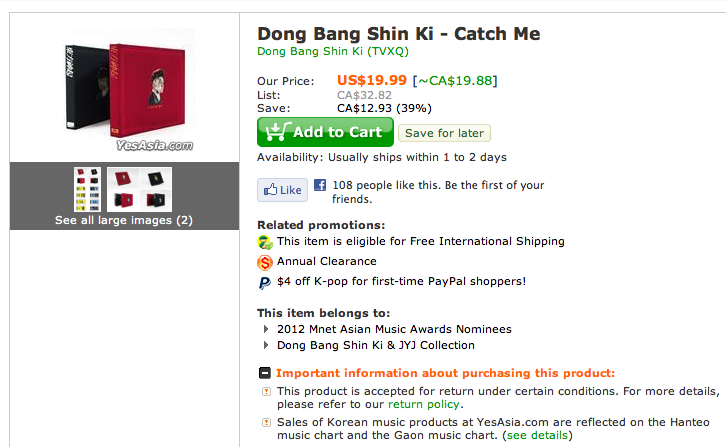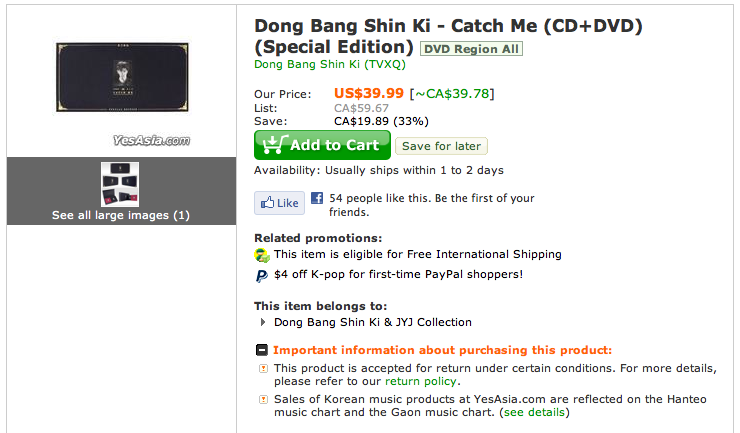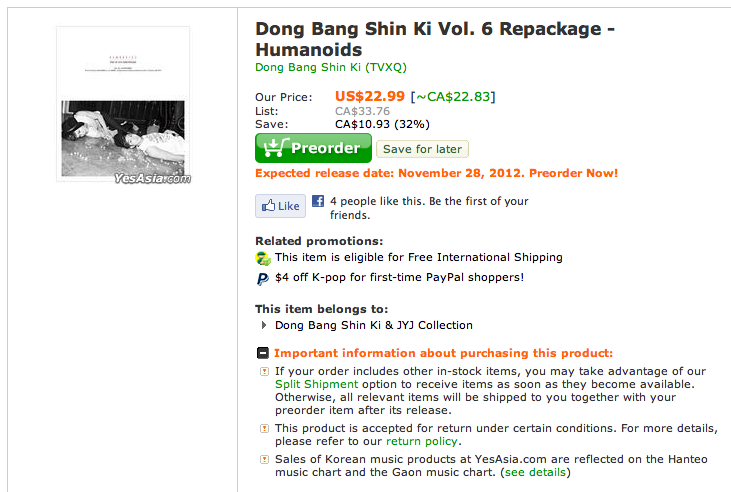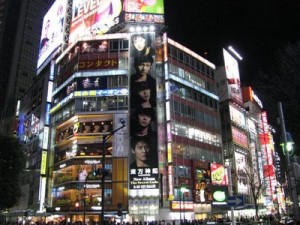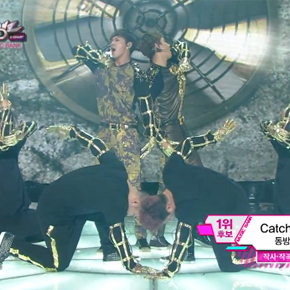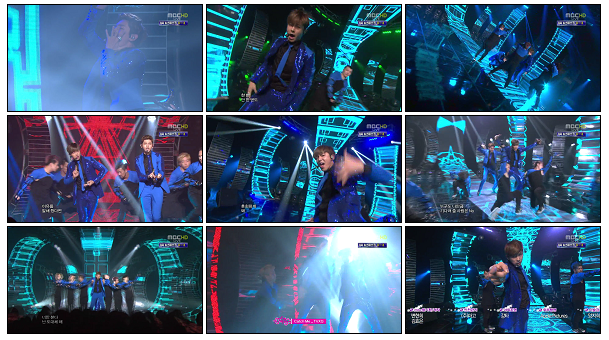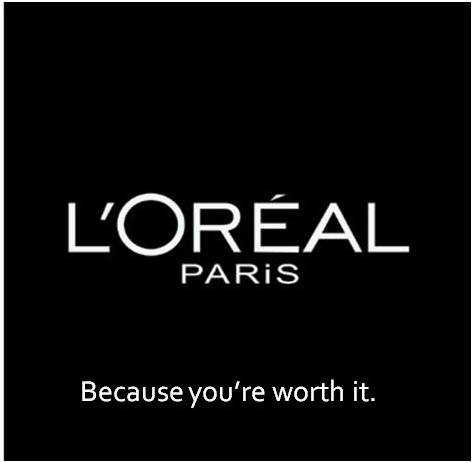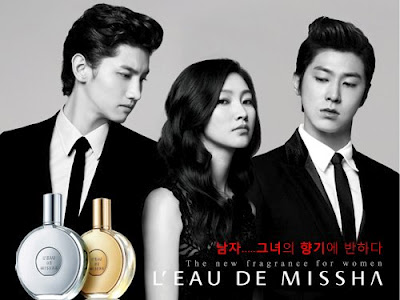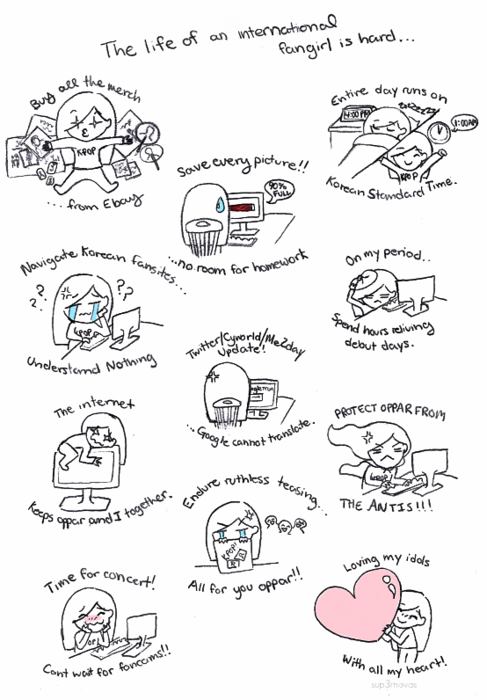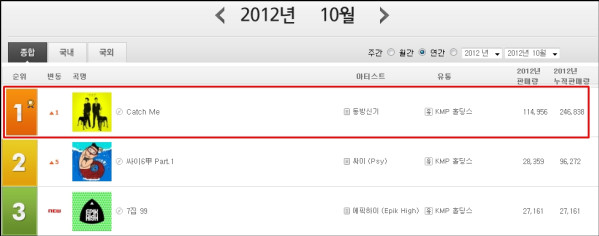Public relations was briefly discussed in the last post. Though it does not drive revenue directly, it is used to help TVXQ construct a charismatic image that will attract fans.
For example, TVXQ wear designer apparel at media events and benefit from the chic, sophisticated image of the brand.

On August 14, 2012, Missha, the cosmetics company the duo are endorsement models for, sponsored a TVXQ! fansign.
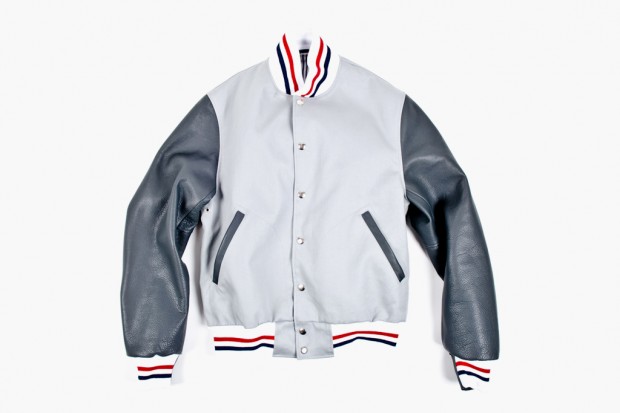
Yunho sports a Thom Browne light grey Letterman Jacket from the designer’s Spring/Summer 2012 collection.
SM Entertainment also partners its artists with charity and everyday causes: e.g. sending out a video for students doing the SAT; performing at Nongshim Love Charity Concert. And of course, TVXQ attends many award show/concerts put on by other companies, such as KPOP festival and Gayo Daejun, and gain exposure there.
Sales promotion is also used creatively to stimulate sales, especially premiums. The company would put together ‘special editions’ or different versions of the album and charge it above normal price with added ‘bonus footage, photos, or songs.’ This rewards fans to buy all the versions or go for the most expensive version for the most content possible.
In fact, TVXQ has released a repacked album of Catch Me, which includes new songs, “Humanoid”, the title track, and “Here I Stand.” This is different from the special versions of the previous normal ‘Catch Me’, however, so fans end up buying even more.
This technique is a common practice for South Korean artists, but is still quite courageous because an artist needs to have attracted enough devoted fans in order for this to succeed, as TVXQ has.
Moreover, when going on TV or radio shows, TVXQ often gives out free autographed albums as a contest and increase audience attention.
On top of all these pull promotion in which they address customers directly, SM Entertainment is also clever to use push promotion in which they focus on channel partners. They give out free albums to people in the industry such as critics, TV hosts, radio hosts, and so on to incentivize them to listen and promote the album for SM Entertainment.
That’s about it for SM Entertainment. Or is it…? Thank you for your attention ’til now! Hopefully, with its marketing masterminds, SM Entertainment will continue pushing TVXQ to the top!

